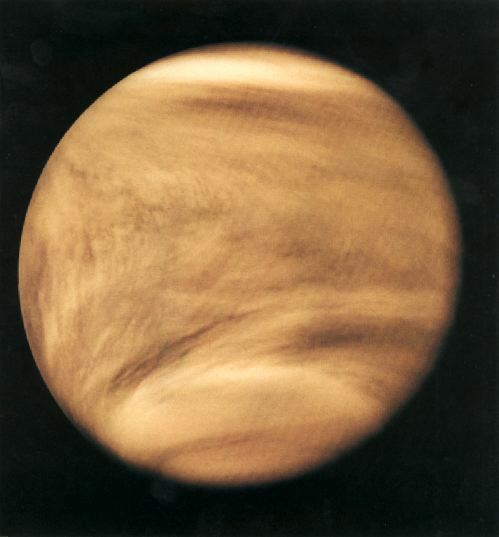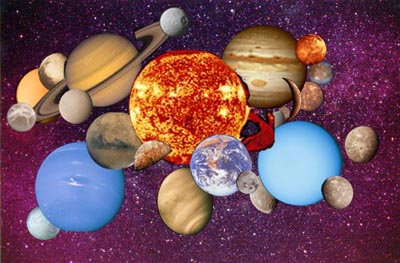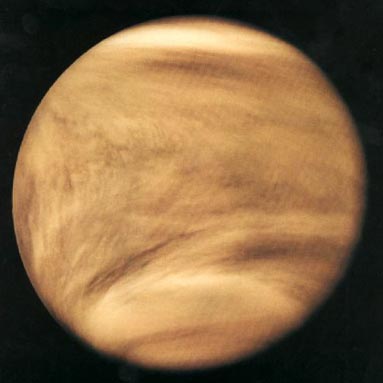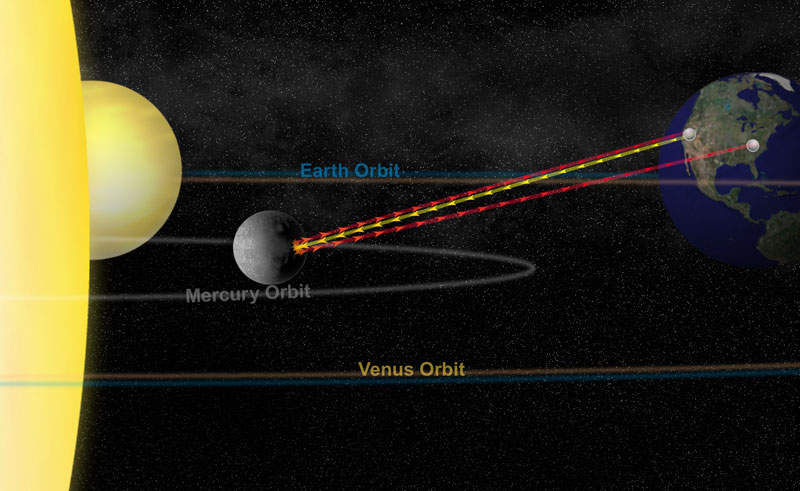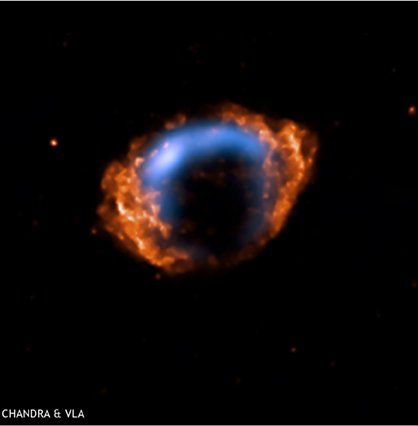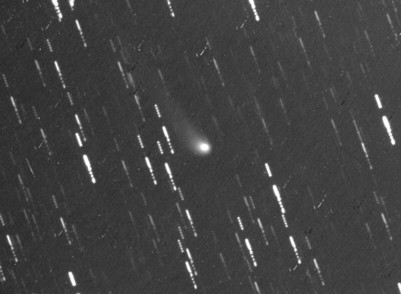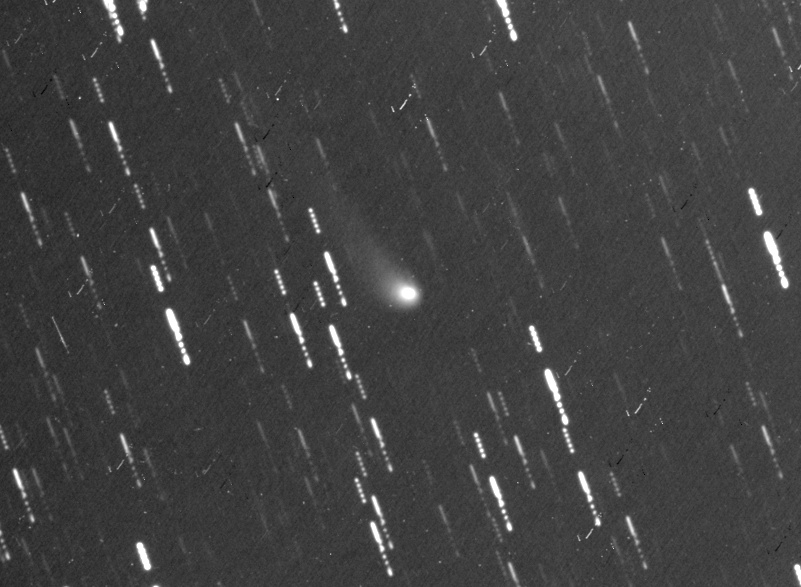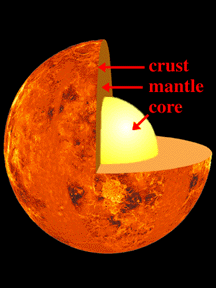The diameter of Venus is 12,100 km. That is 95% of the diameter of Earth. There are many similarities between the two planets, but there are many more extreme differences.
Venus and Earth are two of the four terrestrial planets in our Solar System. Mercury and Mars are the other two. Venus has a surface gravity that is 8.87 m/s2 or 90% of the gravity here on Earth. The planet has 86% of the volume that Earth has along with 82% of the mass. The planet’s density is nearly identical at 5.243 g/cm3. The similarities end there.
The average surface temperature of Venus is about 9 times higher than it is on Earth. It is 462°C there and the hottest deserts on Earth rarely see 50°C. The atmospheric pressure at surface level is 92 times greater than it is here, while the atmosphere itself contains 96% carbon dioxide. If a human managed to survive the pressure and could find a supply of oxygen, there is the sulfuric acid droplets and clouds along with heavy amounts of volcanic ash that are floating in the ”air”.
Like Earth, Venus has a magnetic field that protects it from the solar wind. Unlike Earth, its magnetic field is not created by a dynamo effect. In order for a planet to create its own magnetic field in this way, it has to have a liquid core that is spinning and the ability to release heat through convection. Venus is not capable of convection because the surface was nearly covered in lava between 300 and 500 million years ago. When that lava hardened it prevented the possibility of tectonic action and heat convection. The Venusian magnetic field is created by an interaction of the solar wind and the ionosphere of the planet. This reaction creates a weaker field than the one on Earth, so the planet is susceptible to cosmic radiation.
The entire diameter of Venus is covered in volcanoes and the remnants of volcanoes. There are 1,000 of them that are over 20 km in diameter scattered among thousands of smaller ones. There are some large impact craters, but no small ones. Any small meteorites would burn up in the thick atmosphere.
That is a lot of information to throw at you. Again, the diameter of Venus is 12,100 km and is very close to that of Earth. Hopefully, you found all of the information that you need and good luck with any further research you need to do.
We have written many articles about Venus for Universe Today. Here’s an article about the atmosphere of Venus, and here’s an article about how far Venus is from the Sun.
If you’d like more information on Venus, check out Hubblesite’s News Releases about Venus, and here’s a link to NASA’s Solar System Exploration Guide on Venus.
We’ve also recorded an entire episode of Astronomy Cast all about Venus. Listen here, Episode 50: Venus.
Reference:
NASA

